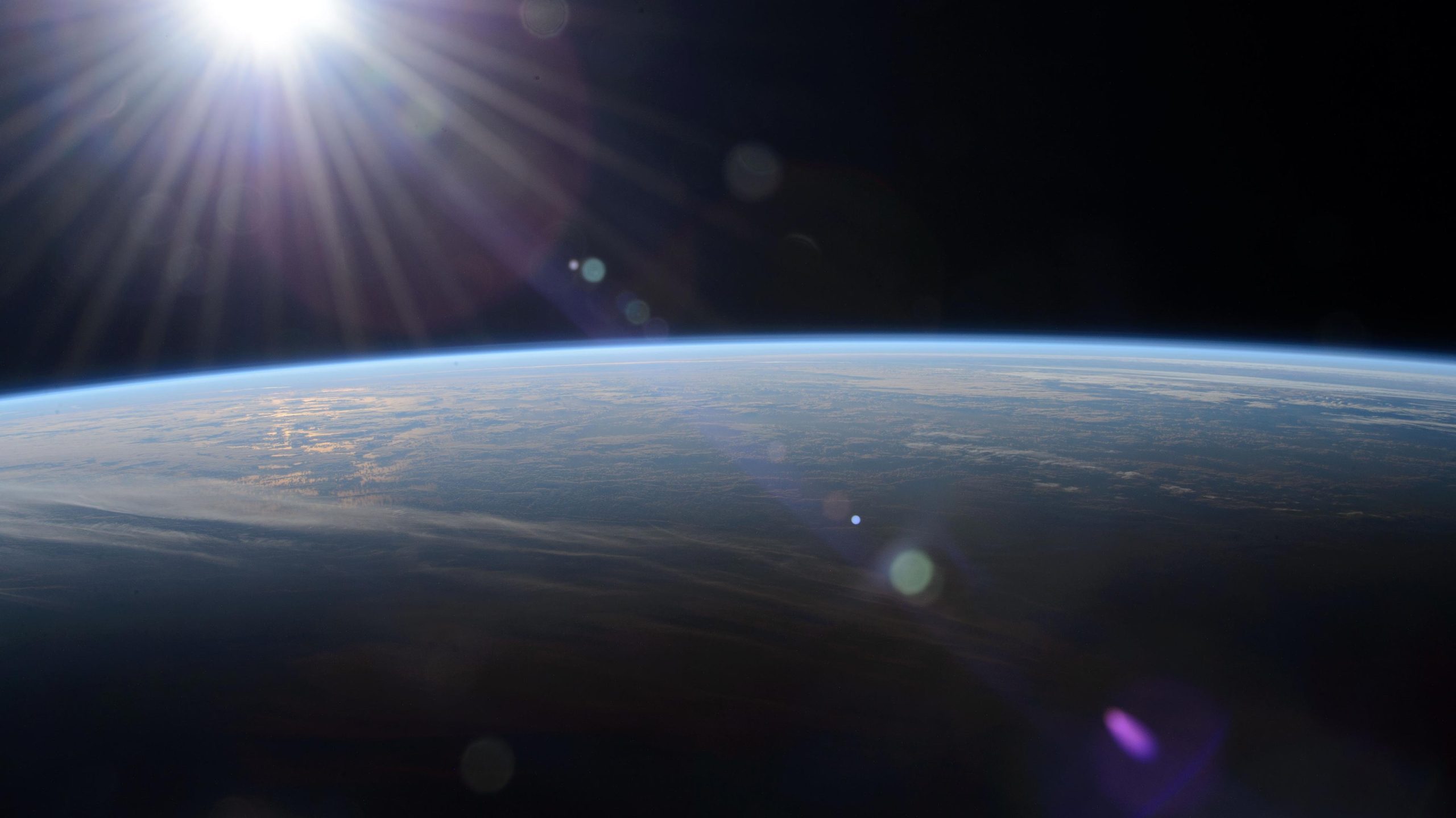Connect with us
Published
2 weeks agoon
By
admin
Researchers at the University of Tokyo have developed a groundbreaking atmospheric dataset named JAWARA (JAGUAR-DAS Whole neutral Atmosphere Reanalysis), which spans nearly two decades and covers various layers of the atmosphere, including the challenging region between 50 to 110 kilometers above Earth known as the “ignorosphere.” This innovative data-assimilation system combines observational data and numerical models, improving our understanding of atmospheric interactions from ground level to near space.
The dataset aims to enhance climate models, improve seasonal weather forecasts, and facilitate interdisciplinary collaboration between atmospheric and space scientists. By analyzing the vertical and global interactions of atmospheric layers, researchers expect to gain insights into climate change impacts and space weather phenomena. Professor Kaoru Sato emphasized that understanding these layers could significantly advance weather forecasting and our response to climate change.
The JAWARA dataset is publicly accessible and provides opportunities for detailed analysis of atmospheric general circulation, as well as studies on the comings and goings of different atmospheric layers and their relationships with outer space phenomena. This research is expected to redefine our grasp of Earth-space interactions and refine existing atmospheric prediction methodologies.


















